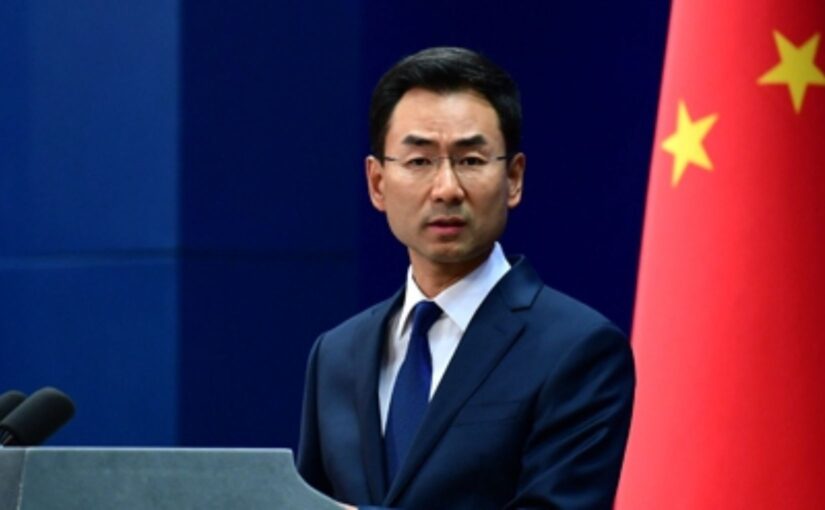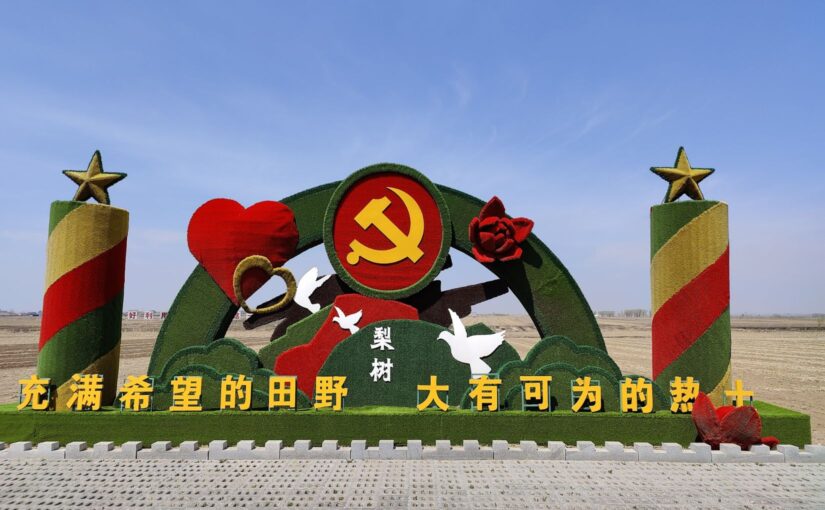China has again reiterated its support for the peace process in Colombia and for the efforts of the progressive government of President Petro in that regard.
Speaking at a United Nations Security Council briefing held on 18 July, Ambassador Geng Shuang said that: “The Colombian peace process is a successful example of ending conflict and rebuilding peace through dialogue and negotiation. At present, as the Colombian peace process has entered uncharted waters, relevant parties should firm up resolve to overcome difficulties and steadfastly advance the peace process for the country’s stability and development… China supports President Petro’s decision to prioritise implementation of the peace agreement in the remainder of his term.”
However, he forcefully underlined – as China has previously stated – that the success of the peace process is highly dependent on expediting and deepening rural reform in the country:
“Comprehensive rural reform is a priority for implementing the peace agreement, as well as an important pillar for Colombia’s national development. At present, with the average implementation rate standing at only 30%, the rural reform progress is lagging. China encourages the Colombian government to increase resource allocation, strengthen coordination, accelerate rural reform and continuously unlock development dividends. China welcomes Colombia’s decision to host the Second International Conference on Agrarian Reform and Rural Development in February next year. China is ready to actively participate in the meeting and to share its experiences in poverty reduction and rural revitalisation, and support Colombia in agricultural and rural development.”
He added that: “Regarding the recent violent conflict in some regions, we support the Colombian government in strengthening security deployment, enhancing effective control over conflict-affected and remote areas, ensuring safety and security of the people, including former combatants, ethnic minorities, women, children and other vulnerable groups, and preventing the recurrence of such violent incidents.”
The following is the full text of Geng Shuang’s remarks. They were originally published on the website of China’s permanent mission to the United Nations.
President,
I thank SRSG Carlos Ruiz Massieu for his briefing. Over the past six years, under his leadership, the UN Verification Mission in Colombia has played an important role in supporting the Colombian peace process. China commends SRSG Massieu for his work, and looks forward to his even greater achievements in his new capacity as SRSG on Haiti.
I welcome Vice Foreign Minister Mauricio Jaramillo Jassir to today’s meeting, and congratulate Colombia on its election as a non-permanent member of the UN Security Council for the 2026-2027 term.
Continue reading China at UN: The success of the Colombian peace process depends on rural reform



